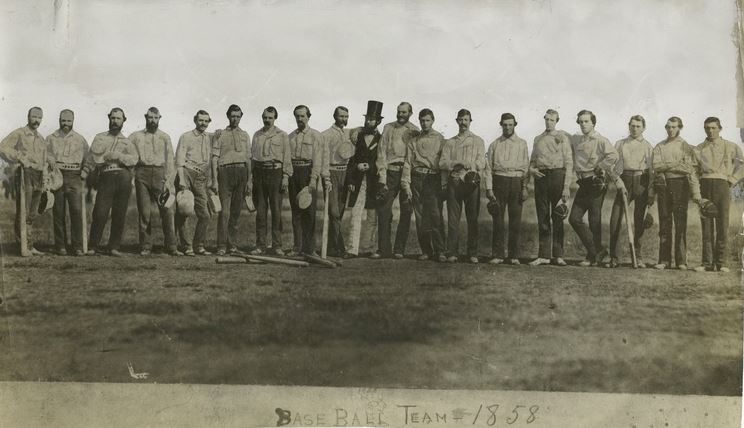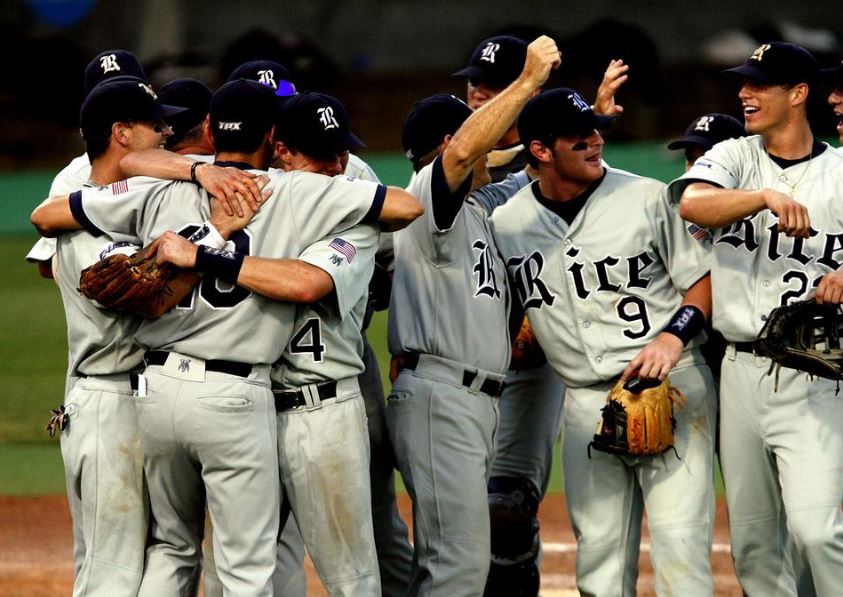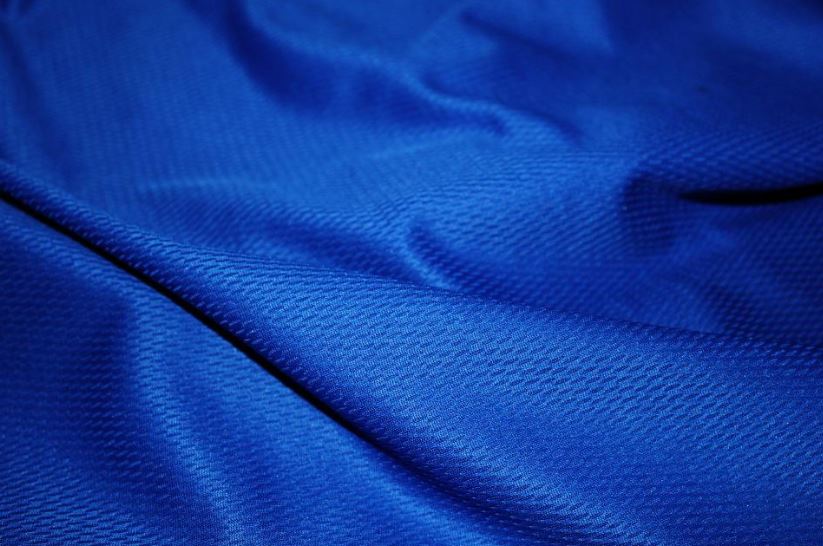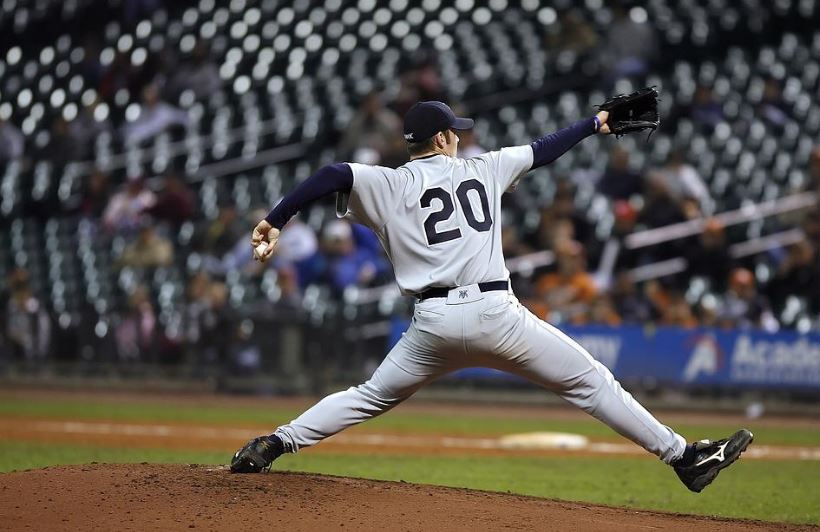The purpose of sports uniforms may need little explanation. But if one has to describe the need for uniforms in the first place, there are many reasons for that. One – encouraging unity for the team. Two – creating a unique identity for the team. Three – allowing quick identification for the coaches, team managers, sports fans, etc., as to who belongs on the team. And four – differentiating one baseball club from another.
Baseball uniforms are undoubtedly unique. Baseball is one of a few sports where teams wear pants. In other sports, the players are the only ones allowed to wear uniforms. But in baseball, the entire club – including its coaches and team managers – suits up in uniforms. But why is that so?
The primary reason baseball coaches suit up in uniforms as the players do is that they used to wear them when player-coaches were quite common. So, this custom has stuck even when the coaches’ roles have become more one-dimensional.

A little history about baseball uniforms
Here’s a bit of history about baseball uniforms: in 1849, the New York Knickerbockers became the first baseball team to wear uniforms. Of course, they were different from the modern baseball uniforms: pants made of blue wool, white flannel shirts, and straw hats. By 1882, most clubs had worn stockings covering the leg from foot to knee and used to distinguish one team from another.
In 1906, the New York Giants became the first club to wear collarless jerseys, which basically consisted of a flannel pullover with full sleeves, a laced-up or buttoned front, and a folded-down collar. The breast part of the shirt often had pockets.
The New York Yankees and the Cleveland Indians were among the first clubs credited to display numbers on the backs of their jerseys. In 1929, the Indians were the first to suit up in numbered uniforms, and the Yankees followed suit a year later.
In 1943, clubs took the field in belted, short-sleeved uniforms with the length to be six inches or less above the knees for modesty reasons. The players considered them to be quite comfortable, allowing more freedom of movement while the players were in action.
Belted uniforms were the norm until the Pittsburgh Pirates broke the tradition in 1970 by wearing beltless pants and pull-over jerseys made of synthetic fabric, particularly polyester. The new look quickly spread among most Major League Baseball (MLB) clubs and remained popular until the 1990s. MLB jerseys worn on the field have been made out of double-knit polyester ever since.
The history of baseball uniforms is a trial-and-error lesson in sports fashion as team ownership attempted to market their clubs to fans. It has witnessed some significant innovations and some forgettable flops, but one thing is for sure – the uniforms are here to stay.
Why is a baseball uniform (or any other athletic uniform) not cotton?
So, as you have read, synthetic fabric like polyester has been used for baseball uniforms since the early 1970s. So, why are baseball uniforms not cotton?
The answer is simple: if the baseball uniform is made of cotton, washing it shrinks the cotton fabric. A denser fabric like cotton tends to settle closer to the body, preventing proper airflow.
On the other hand, polyester is lighter and more breathable, and more comfortable to wear than cotton. Actually, almost all athletic uniforms are typically made of polyester.
Polyester also has moisture-wicking properties, making the fabric suitable for athletic uniforms. The term “moisture wicking” means that the material pulls away from the body to keep it dry. This is essential, especially in sports, because players work up a sweat while in intense playing action on the court, field, ring, etc. Polyester also dries faster than cotton or any other fabric, which is another way to help keep the players dry and comfortable to be at their best form in every game.
Since polyester is breathable and has moisture-wicking properties, it is one of the few fabrics capable of minimizing body odors. If you have ever gotten physically close with a sweaty teammate or opponent, whether in the field or the dugout, you know how crucial odor reduction is in the world of sports.
Polyester’s lightness and sufficient level of stretchability allow the player to move more effortlessly. Other fabrics may be heavy or tightly woven, which can restrict movement, but not so with polyester. Its stretchable fibers make it easy to move as needed.
Since polyester consists of bonded polymer fibers, it is incredibly durable enough to last through the toughest seasons without breaking off or falling apart, which is more can be said for other fabrics. No matter how many times you wear a polyester uniform, polyester’s durability and longevity make it resistant to wear and tear compared to other materials.
With its lightness and stretchability, polyester is also wrinkle-resistant. You want your baseball club to look sharp as they enter the field. Polyester’s wrinkle-resistant properties will make your team look great in any form. There’s also no need to iron the uniform before wearing it to the game!
Read a guide to baseball uniforms if you’re into baseball for the first time or if you want to refresh your knowledge about baseball uniforms.



